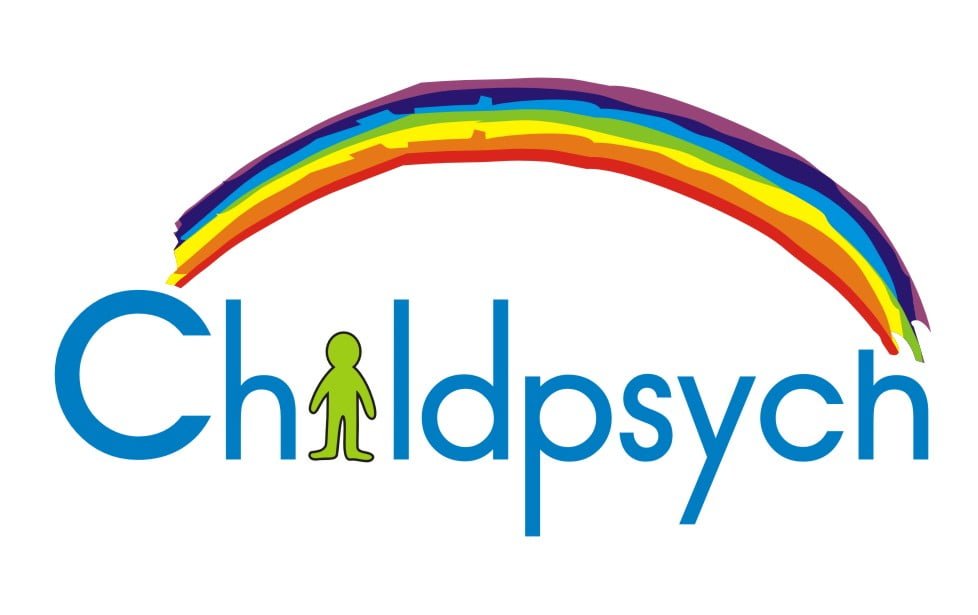When we think of Attention-Deficit/Hyperactivity Disorder (ADHD), the classic symptoms of inattention, hyperactivity, and impulsivity often come to mind. However, a less-discussed aspect is the sensory-seeking behaviours that many individuals with ADHD exhibit. These behaviours are not always overt and can manifest in subtle ways that are easily overlooked or misinterpreted.
Understanding Sensory-Seeking in ADHD
Sensory-seeking refers to the craving for certain sensory inputs to achieve optimal arousal levels. Individuals with ADHD often experience hyposensitivity, meaning they require more intense sensory stimulation to feel engaged or focused. This need can lead to behaviours aimed at increasing sensory input, which are often subconscious attempts at self-regulation.
Subtle Manifestations of Sensory-Seeking
While some sensory-seeking behaviours are obvious, such as constant movement or loud vocalizations, others are more nuanced:
- Oral Fixations: Chewing on pens, clothing, or fingernails can be a way to seek oral sensory input. This behaviour is often dismissed as a bad habit but may serve a regulatory function for individuals with ADHD.
- Tactile Stimulation: Constantly touching textures, rubbing fabrics, or seeking out certain tactile experiences can indicate a need for sensory input. These actions might be misinterpreted as fidgeting or restlessness.
- Auditory Input: Humming, tapping, or creating repetitive noises can be soothing for some individuals with ADHD. These sounds provide auditory stimulation that helps maintain focus and calmness.
- Movement Patterns: Subtle movements like leg bouncing, foot tapping, or shifting in a seat are common. These actions help in maintaining alertness and are often unconscious.
The Role of Stimming
Stimming, or self-stimulatory behaviour, is a term often associated with autism but is also prevalent in ADHD. It encompasses repetitive movements or sounds that provide sensory input. For individuals with ADHD, stimming can help manage sensory needs and emotional states. Recognizing stimming behaviours as coping mechanisms rather than disruptions is crucial in understanding and supporting those with ADHD.
Strategies for Support
Acknowledging and accommodating sensory-seeking behaviours can significantly improve the well-being of individuals with ADHD:
- Provide Sensory Tools: Items like fidget toys, chewable jewellery, or textured fabrics can offer the needed sensory input in a controlled manner.
- Create Sensory-Friendly Environments: Allowing for movement breaks, providing quiet spaces, or incorporating sensory activities can help in managing sensory needs.
- Educate and Advocate: Understanding that these behaviours are not mere habits, but essential self-regulation strategies is vital. Educating peers, educators, and family members fosters a supportive environment.
Conclusion
Sensory-seeking behaviours in ADHD are diverse and often subtle. Recognizing these behaviours as integral to self-regulation rather than viewing them as disruptive is essential. By providing appropriate support and understanding, we can create environments that accommodate sensory needs, leading to improved focus, comfort, and overall well-being for individuals with ADHD.
Please Share This Video: Recognising the Subtle Sensory-Seeking Behaviours in ADHD



